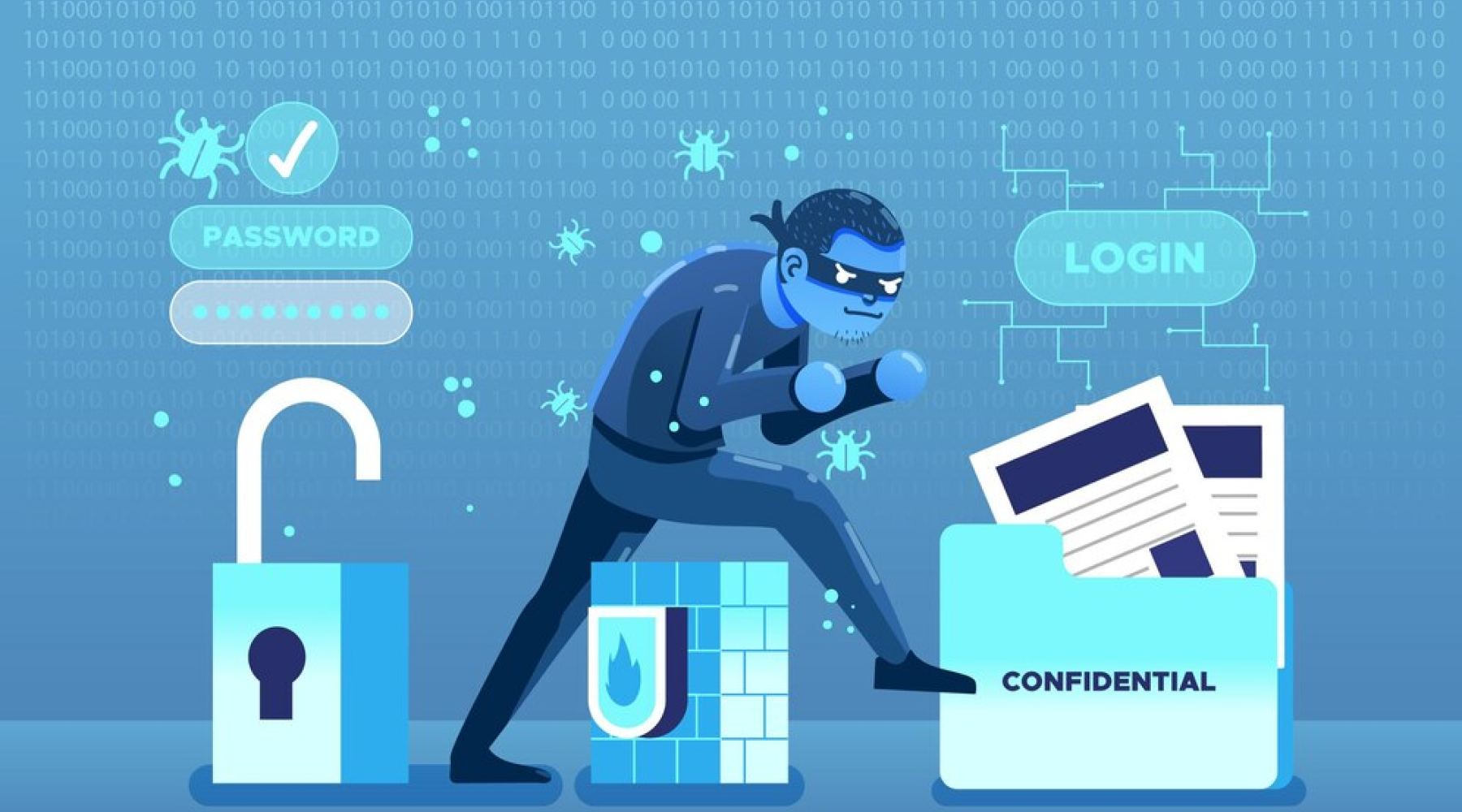In a digital-first era, businesses face an ever-growing risk of cyberattacks that can disrupt operations, compromise sensitive data, and result in massive financial losses. While preventive measures such as firewalls and anti-malware software are critical, no system is entirely immune to sophisticated attacks. This is where cyber attack warranty coverage comes into play, providing organizations with a safety net to manage the repercussion of a cyber incident.
But how exactly does this type of coverage contribute to post-attack recovery? Let’s explore the concept, its benefits, and its role in helping businesses bounce back from cyber crises.
Understanding Cyber Attack Warranty Coverage
Cyber attack warranty coverage is a form of assurance offered by cybersecurity providers, offering financial support and recovery assistance when security tools fail to prevent an attack. Unlike traditional cyber insurance, which is more comprehensive, warranties are often tied to specific products or services. If those products fail, the warranty activates, covering costs associated with incident response and recovery.
This focused approach bridges gaps in traditional cybersecurity measures, ensuring that organizations can recover quickly and efficiently.
The Growing Need for Cyber Warranty Coverage
The frequency and cost of cyberattacks are alarming. Cybercrime damages are expected to rise $10.5 trillion annually by 2025.
In 2022 alone, the average cost of a data breach was $4.35 million globally, with businesses taking up to 277 days to fully recover (IBM).
Small and medium-sized enterprises (SMEs) can have devastating impact. Reports show that 60% of small businesses close within six months of a major cyberattack.
In this challenging landscape, cyber warranty coverage is emerging as a vital tool for mitigating financial and operational risks.
How Cyber Warranty Supports Post-Attack Recovery
Financial Relief for Recovery Costs
One of the most significant benefits of cyber warranty is the financial support it provides during recovery. When an attack occurs, businesses often face unexpected expenses such as:
- Data recovery and restoration.
- Forensic investigations to identify vulnerabilities.
- Legal fees and regulatory penalties.
- Customer notification and credit monitoring services.
Warranty coverage ensures these costs don’t cripple the business, allowing resources to be allocated to recovery rather than crisis management.
Speeding Up Incident Response
Time is critical during a cyberattack. Delays in addressing breaches can lead to greater data loss, operational downtime, and reputational damage. Warranty providers often include access to:
- Expert cybersecurity teams for immediate response.
- Tools to contain and mitigate the attack’s spread.
- Pre-established response plans tailored to the specific warranty terms.
These resources enable organizations to act swiftly, minimizing damage and disruption.
Enhancing Data Restoration Efforts
Recovering lost or encrypted data is one of the most challenging aspects of post-attack recovery. In cases of ransomware, where attackers demand payment for data decryption, warranties may cover:
- Ransom payments (if legally permitted).
- Costs of rebuilding and securing databases.
- Professional services for data recovery.
By providing the necessary funds and expertise, warranties ensure businesses can regain access to critical information with minimal downtime.
Mitigating Reputational Damage
A cyberattack can erode customer trust, especially if sensitive information is compromised. Warranty coverage helps businesses manage public relations and rebuild their reputation by offering:
- Support for transparent communication with stakeholders.
- Funding for reputation management campaigns.
- Assistance with regulatory compliance to demonstrate accountability.
This proactive approach reassures customers and partners that the organization is taking responsibility and prioritizing their security.
Preparing for Future Threats
Beyond immediate recovery, cyber security coverage often includes provisions for long-term improvements to cybersecurity infrastructure. This may involve:
- Post-incident analysis to identify weaknesses.
- Recommendations for upgrading tools and protocols.
- Ongoing monitoring to detect and prevent future attacks.
By addressing vulnerabilities exposed during the attack, businesses can emerge stronger and more resilient.
Real-World Example: A Manufacturing Firm’s Recovery Journey
Consider a mid-sized manufacturing firm that fell victim to a ransomware attack. Despite having robust endpoint protection, a phishing email bypassed their defenses, encrypting critical production data. Thanks to their cyber warranty coverage:
- The warranty covered the costs of data decryption and forensic analysis.
- Expert teams helped restore operations within 48 hours.
- Funds were allocated to improve email filtering systems and employee training.
Without the warranty, the company could have faced prolonged downtime and significant financial losses.
Choosing the Right Cyber Security Coverage
Not all warranties are created equal. To maximize the benefits, businesses should evaluate:
- Scope of Coverage: Does the warranty address common threats like ransomware, DDoS attacks, or insider breaches?
- Response Time: How quickly does the provider offer assistance post-attack?
- Financial Limits: What is the maximum reimbursement amount?
- Reputation of the Provider: Does the provider have a track record of reliable service?
Integrating Warranties into a Comprehensive Cybersecurity Strategy
While cyber warranty is invaluable, it should complement—rather than replace—other cybersecurity measures. A robust strategy includes:
- Preventive Tools: Firewalls, antivirus software, and intrusion detection systems.
- Employee Training: Awareness programs to reduce the risk of phishing and social engineering.
- Regular Audits: Routine assessments to identify and address vulnerabilities.
By combining proactive defenses with the safety net of warranty coverage, businesses can achieve holistic protection.
Conclusion
Cyberattacks are not a matter of if but when for most businesses. In this high-stakes environment, cyber attack warranty coverage offers a crucial lifeline, ensuring organizations can recover swiftly and effectively. From financial relief to expert support, these warranties transform what could be a catastrophic event into a manageable challenge.
Investing in such coverage is not just about mitigating risks—it’s about safeguarding the future of your business. To learn more, consult with trusted cybersecurity providers and explore warranty options tailored to your specific needs.
Also Read: How Do Network Security Warranties Work with Managed IT Services




